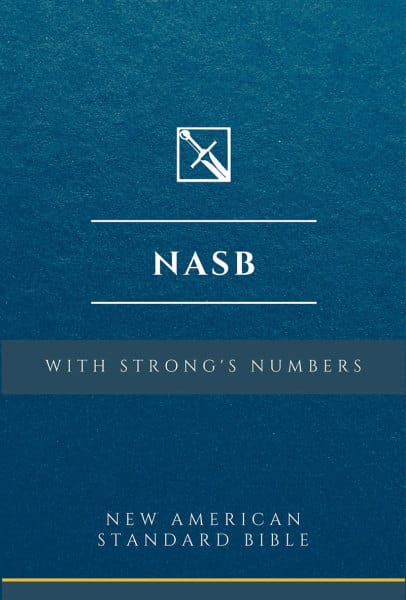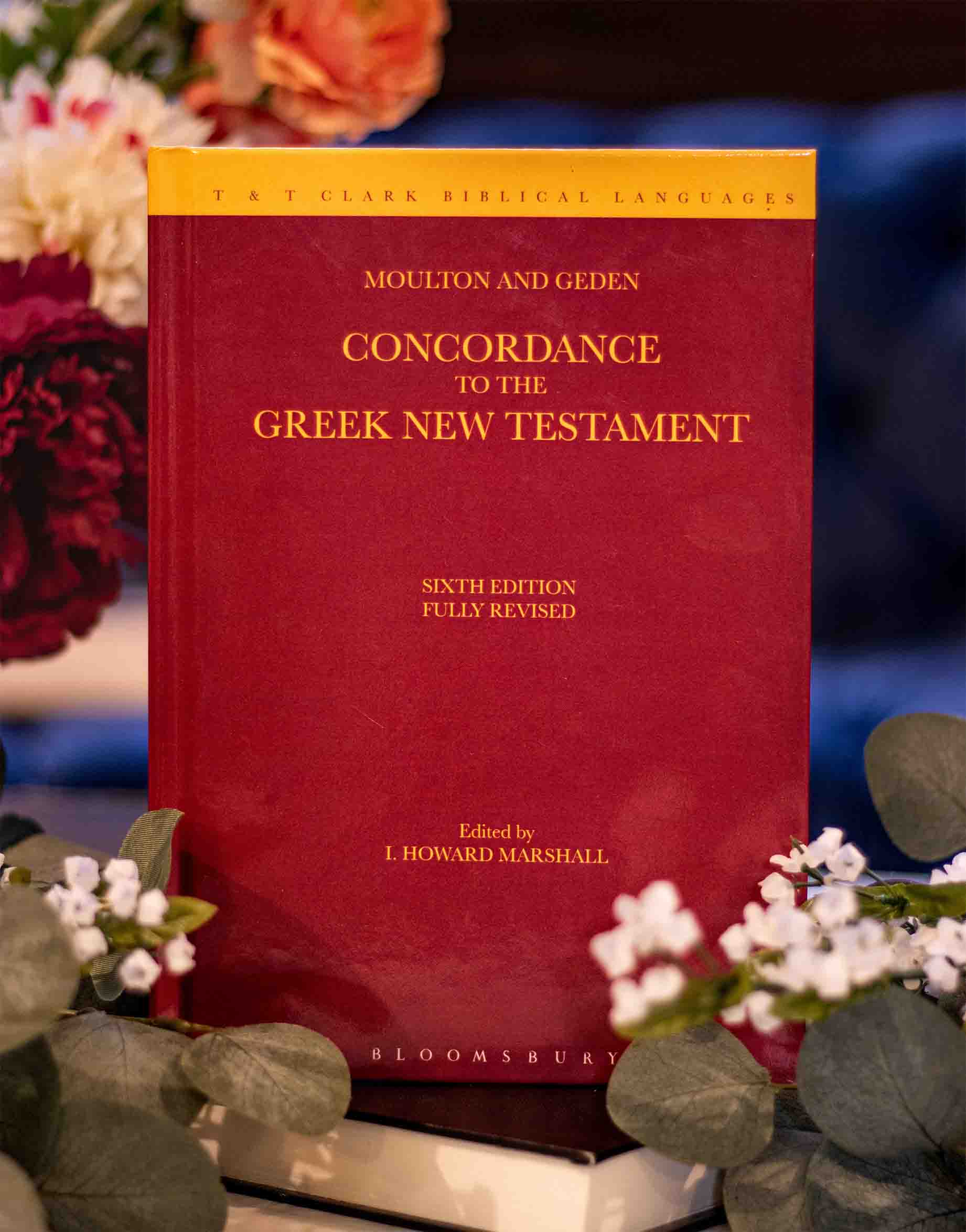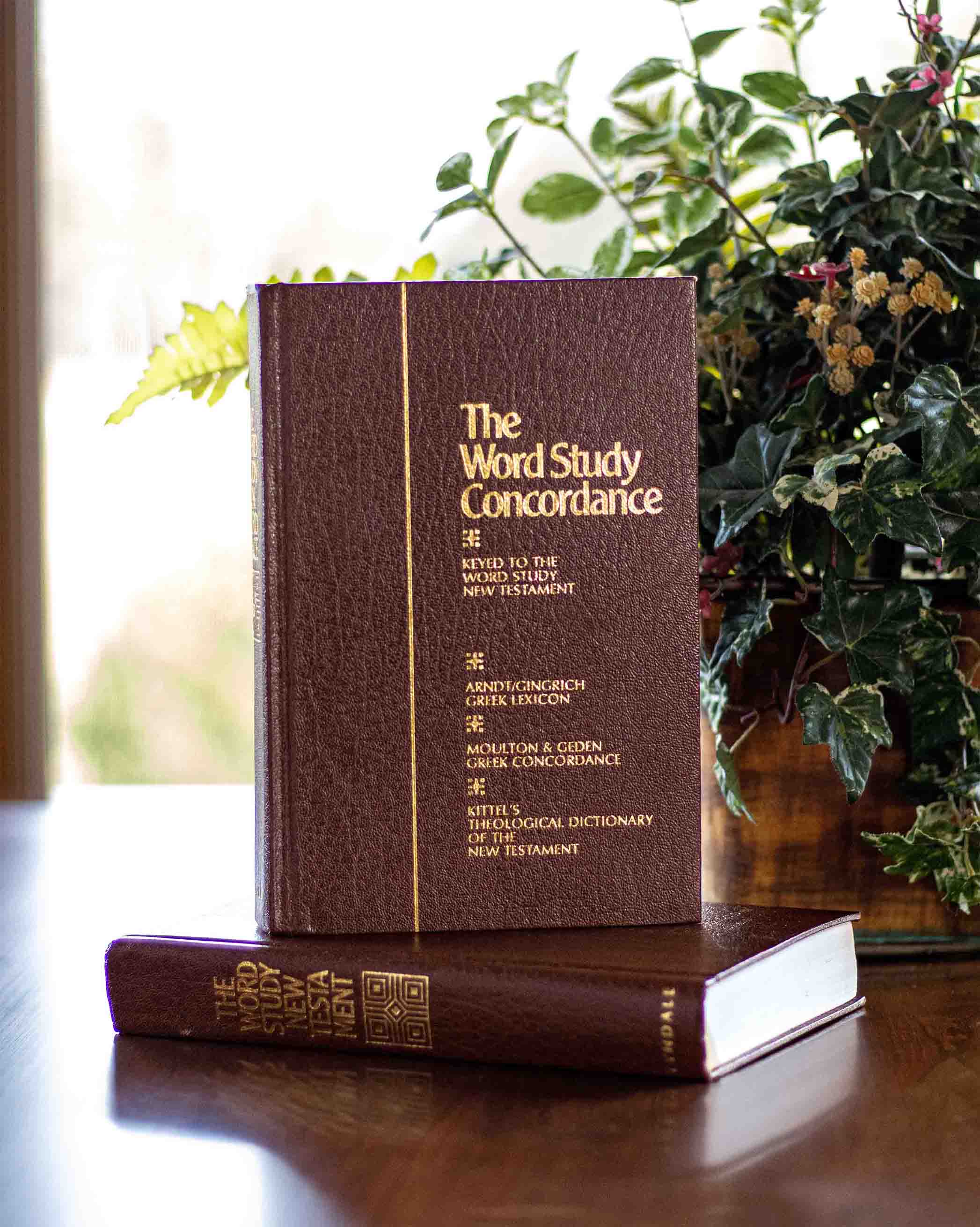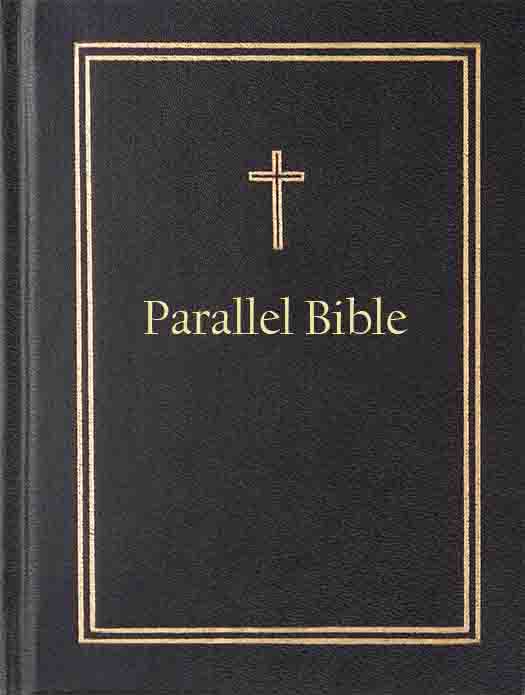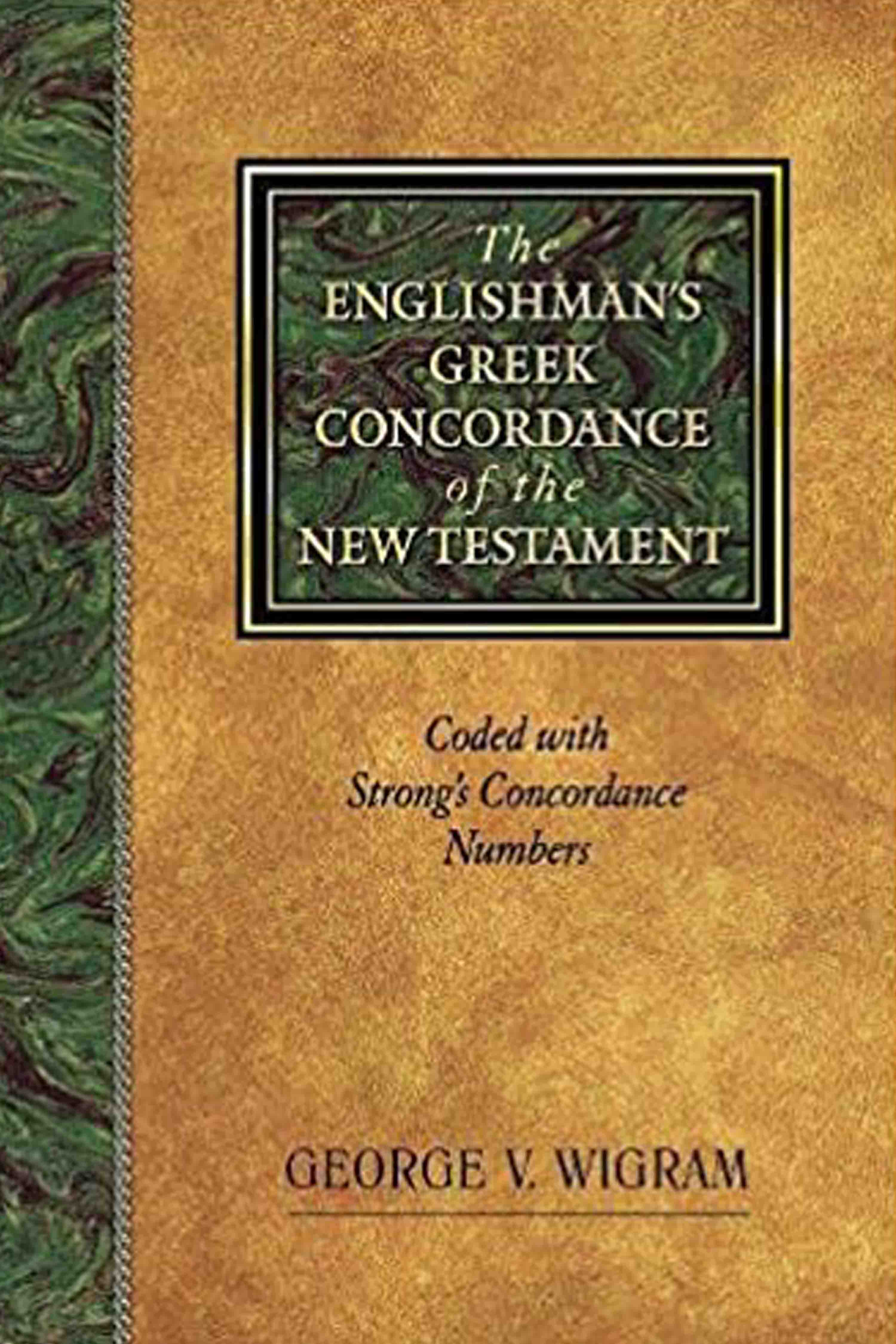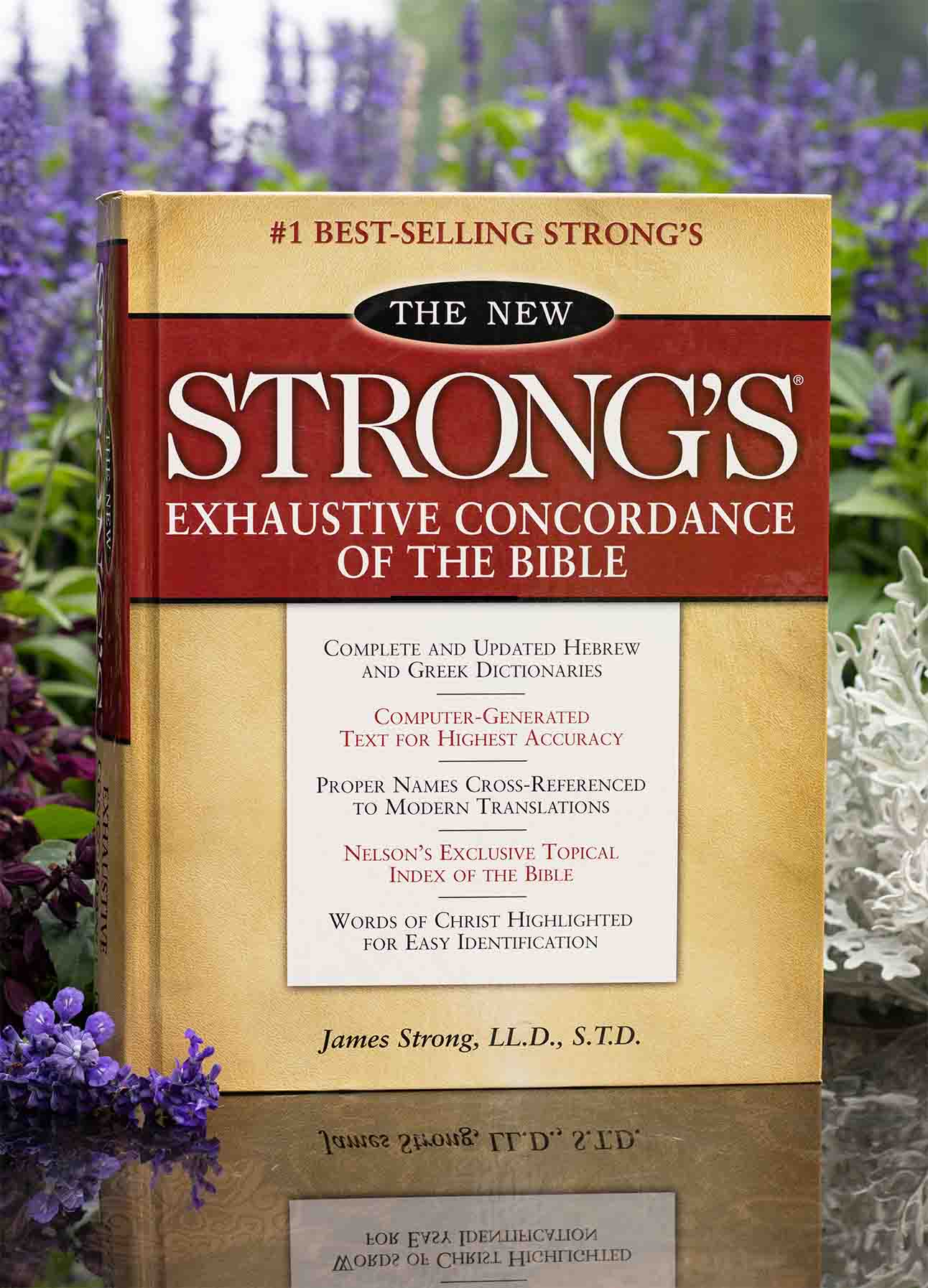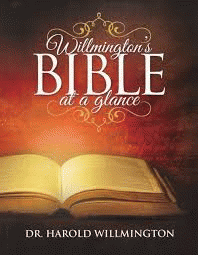Biblical Resources
NASB Lexicon
The New American Standard Bible (NASB) was released in 1971. The New American Standard New Testament Greek Lexicon is based on Thayer’s and Smith’s Bible Dictionary, plus others. It is keyed to the large Kittel and the “Theological Dictionary of the New Testament” and carries the Strongs numbering system.
A Concordance to the Greek New Testament
First Published in 1897
W.F. Moulton & A.S. Geden
This book is a complete revised and reset edition of the best-selling A Concordance to the Greek Testament by W.F. Moulton and A.S. Geden which was first published in 1897. Moulton and Geden composed A Concordance to the Greek Testament according to the texts of Westcott and Hort, Tischendorf, and the revised version of the English Bible. This concordance is recommended within The Word Study Concordance and The Word Study New Testament.
An Expository Dictionary of New Testament Words
First Published in 1940
W.E. Vine
An Expository Dictionary of New Testament Words was a four-volume set that was first published in 1940 by W.E. Vine. The original four-volume set has since been compacted into one volume. This biblical resource is better known by its updated version, Vine’s Complete Expository Dictionary; which is composed of the original An Expository Dictionary of New Testament Words and an added section of Old Testament words by Merrill F. Unger and William White, JR in 1996. These works provide key English words, found in the Authorized King James Version, that tie back to their original Greek form. Vine’s definition of a word can be more accurate than an English dictionary because it expands to the use of the Greek word. For further use, every word in Vine’s is numbered with the same numbering system as the Strong’s Exhaustive Concordance of the Bible.
The Word Study Concordance
George V. Wigram (1840)
Dr. Ralph D. Winter (1972)
The Word Study Concordance by Dr. Ralph D. Winter was published in 1972. This work is an improved edition of The Englishman’s Greek Concordance of the New Testament, by George V. Wigram that was published in 1840. The Word Study Concordance includes all the original work, plus it has a companion volume called The Word Study New Testament. In this volume, you can find every passage where a given Greek word occurs in the New Testament, regardless of how many ways it is translated into English. Along with that, every entry is numbered. This numbering system was adopted from the Strong’s Concordance. Therefore, The Word Study Concordance can be used simultaneously with Strong’s Exhaustive Concordance of the Bible.
The Word Study New Testament
First Published in 1978
Dr. Ralph D. Winter
The Word Study New Testament traces back English words, in the Bible, to their original Greek form. This book works jointly with its companion volume, The Word Study Concordance, and Storng’s Exhaustive Concordance of the Bible. In The Word Study New Testament, the reader will find that every verb, adverb, adjective, and noun, found in the New Testament, will have a key number assigned to it that matches up with the Strong’s Concordance. With that key number; the Greek word will be found, in English, within the Word Study Concordance, and see where that Greek word is used throughout the bible.
Interlinear Bible
An interlinear Bible is a great way to study the Bible’s original languages and how the original compares to the English translation. The Bible was first written primarily in Greek and Hebrew. However, translating between different languages can be tricky. One English word may take multiple Greek works to convey a meaning. Along with this, common word orders need to be changed for the English translation to make sense. Now, how to use the Interlinear Bible? The original Greek word is shown above the English. Above the Greek, the Greek pronunciation and definition can be found. At the very top, the Strongs number can be found.
Parallel Bible
A Parallel Bible is a great way to compare differences in translations between the four most popular Bible versions. The four most popular and well-respected translated versions of the Bible are the King James Version (KJV), the New International Version (NIV), the New American Standard Bible (NASB), and the Amplified version. A Parallel Bible is structured to show the different Bible versions side-by-side, making it easy to compare bible verses in various translated forms.
NASB Lexicon
The New American Standard Bible (NASB) was released in 1971. The New American Standard New Testament Greek Lexicon is based on Thayer’s and Smith’s Bible Dictionary, plus others. It is keyed to the large Kittel and the “Theological Dictionary of the New Testament” and carries the Strongs numbering system.
Englishman’s Greek Concordance of the New Testament
First Published in 1840
George V. Wigram
The Englishman’s Greek Concordance of the New Testament was originally published as a four volume series in 1840. Now, it has been republished and condenced into a single volume. Every Greek word in the New Testament is listed in Greek alphabetical order, along with a brief rendering in English of every verse in which that word appears. One major improvement: each Greek word is defined so you can compare its various English translations. Entries are coded toStrong’s Concordancefor additional assistance.
A Concordance to the Greek New Testament
First Published in 1897
W.F. Moulton & A.S. Geden
This book is a complete revised and reset edition of the best-selling A Concordance to the Greek Testament by W.F. Moulton and A.S. Geden which was first published in 1897. Moulton and Geden composed A Concordance to the Greek Testament according to the texts of Westcott and Hort, Tischendorf, and the revised version of the English Bible. This concordance is recommended within The Word Study Concordance and The Word Study New Testament.
Strong’s Exhaustive Concordance of the Bible
First Published in 1890
James Strong
In 1890, the Strong’s Exhaustive Concordance of the Bible was published. This book is known to be the best work of James Strong; whom it is named after. This Bible concordance generates an alphabetical listing of every word that can be found in the King James Bible. This then, makes it easy to find all the verses that pertain to a particular word.
An Expository Dictionary of New Testament Words
First Published in 1940
W.E. Vine
An Expository Dictionary of New Testament Words was a four-volume set that was first published in 1940 by W.E. Vine. The original four-volume set has since been compacted into one volume. This biblical resource is better known by its updated version, Vine’s Complete Expository Dictionary; which is composed of the original An Expository Dictionary of New Testament Words and an added section of Old Testament words by Merrill F. Unger and William White, JR in 1996. These works provide key English words, found in the Authorized King James Version, that tie back to their original Greek form. Vine’s definition of a word can be more accurate than an English dictionary because it expands to the use of the Greek word. For further use, every word in Vine’s is numbered with the same numbering system as the Strong’s Exhaustive Concordance of the Bible.
The Word Study Concordance
George V. Wigram (1840)
Dr. Ralph D. Winter (1972)
The Word Study Concordance by Dr. Ralph D. Winter was published in 1972. This work is an improved edition of The Englishman’s Greek Concordance of the New Testament, by George V. Wigram that was published in 1840. The Word Study Concordance includes all the original work, plus it has a companion volume called The Word Study New Testament. In this volume, you can find every passage where a given Greek word occurs in the New Testament, regardless of how many ways it is translated into English. Along with that, every entry is numbered. This numbering system was adopted from the Strong’s Concordance. Therefore, The Word Study Concordance can be used simultaneously with Strong’s Exhaustive Concordance of the Bible.
The Word Study New Testament
First Published in 1978
Dr. Ralph D. Winter
The Word Study New Testament traces back English words, in the Bible, to their original Greek form. This book works jointly with its companion volume, The Word Study Concordance, and Storng’s Exhaustive Concordance of the Bible. In The Word Study New Testament, the reader will find that every verb, adverb, adjective, and noun, found in the New Testament, will have a key number assigned to it that matches up with the Strong’s Concordance. With that key number; the Greek word will be found, in English, within the Word Study Concordance, and see where that Greek word is used throughout the bible.
Willmington’s Bible at a Glance
Dr. H. L. Willmington
Willmington’s Bible at a Glance, also known as BBB, is an extensive biblical tool. Under the BBB, every book in the bible has an explanation of the chapter, bottom line introduction, facts regarding the author of the book, key events in the book, key individuals in the book, key places in the book, unique facts, comparison with other bible books, and titles for and types of Jesus used within the book.

